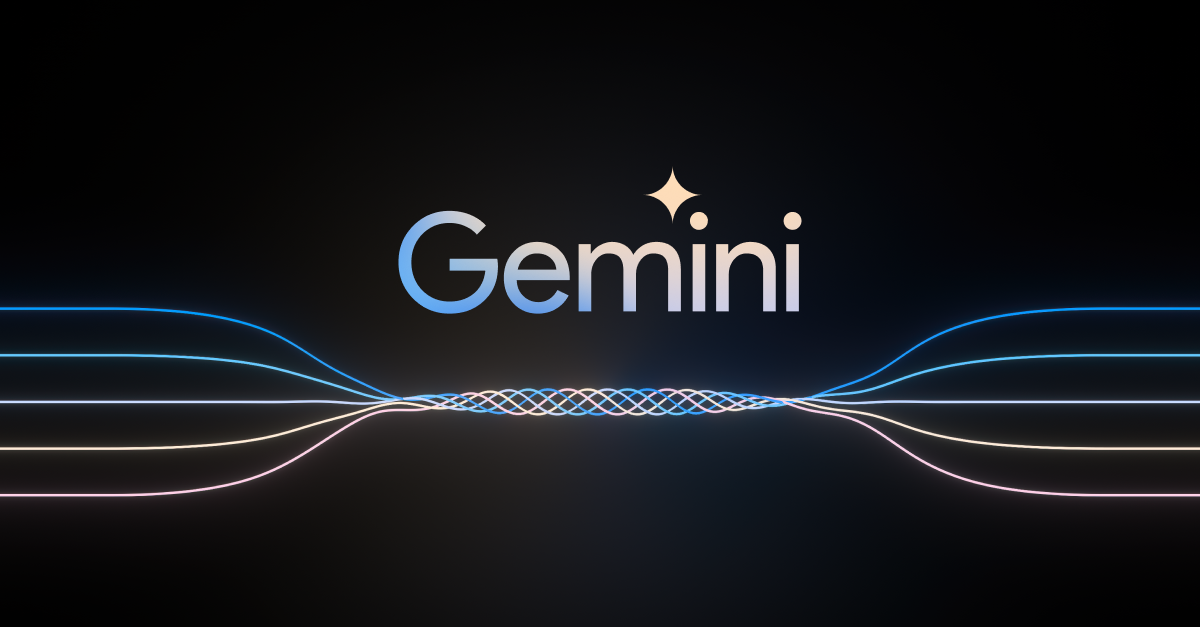
Highlights §
- Every technology shift is an opportunity to advance scientific discovery, accelerate human progress, and improve lives. I believe the transition we are seeing right now with AI will be the most profound in our lifetimes, far bigger than the shift to mobile or to the web before it. AI has the potential to create opportunities — from the everyday to the extraordinary — for people everywhere. It will bring new waves of innovation and economic progress and drive knowledge, learning, creativity and productivity on a scale we haven’t seen before. (View Highlight)
- Nearly eight years into our journey as an AI-first company, the pace of progress is only accelerating: Millions of people are now using generative AI across our products to do things they couldn’t even a year ago, from finding answers to more complex questions to using new tools to collaborate and create. At the same time, developers are using our models and infrastructure to build new generative AI applications, and startups and enterprises around the world are growing with our AI tools. (View Highlight)
- Gemini is the result of large-scale collaborative efforts by teams across Google, including our colleagues at Google Research. It was built from the ground up to be multimodal, which means it can generalize and seamlessly understand, operate across and combine different types of information including text, code, audio, image and video. (View Highlight)
- Gemini is also our most flexible model yet — able to efficiently run on everything from data centers to mobile devices. Its state-of-the-art capabilities will significantly enhance the way developers and enterprise customers build and scale with AI. (View Highlight)
- We’ve been rigorously testing our Gemini models and evaluating their performance on a wide variety of tasks. From natural image, audio and video understanding to mathematical reasoning, Gemini Ultra’s performance exceeds current state-of-the-art results on 30 of the 32 widely-used academic benchmarks used in large language model (LLM) research and development. (View Highlight)
- Gemini Ultra also achieves a state-of-the-art score of 59.4% on the new MMMU benchmark, which consists of multimodal tasks spanning different domains requiring deliberate reasoning. (View Highlight)
- With the image benchmarks we tested, Gemini Ultra outperformed previous state-of-the-art models, without assistance from object character recognition (OCR) systems that extract text from images for further processing. These benchmarks highlight Gemini’s native multimodality and indicate early signs of Gemini’s more complex reasoning abilities. (View Highlight)
- Until now, the standard approach to creating multimodal models involved training separate components for different modalities and then stitching them together to roughly mimic some of this functionality. These models can sometimes be good at performing certain tasks, like describing images, but struggle with more conceptual and complex reasoning. (View Highlight)
- We designed Gemini to be natively multimodal, pre-trained from the start on different modalities. Then we fine-tuned it with additional multimodal data to further refine its effectiveness. This helps Gemini seamlessly understand and reason about all kinds of inputs from the ground up, far better than existing multimodal models — and its capabilities are stateof the art in nearly every domain. (View Highlight)
- Gemini 1.0’s sophisticated multimodal reasoning capabilities can help make sense of complex written and visual information. This makes it uniquely skilled at uncovering knowledge that can be difficult to discern amid vast amounts of data. (View Highlight)
- Gemini 1.0 was trained to recognize and understand text, images, audio and more at the same time, so it better understands nuanced information and can answer questions relating to complicated topics. This makes it especially good at explaining reasoning in complex subjects like math and physics. (View Highlight)
- Our first version of Gemini can understand, explain and generate high-quality code in the world’s most popular programming languages, like Python, Java, C++, and Go. Its ability to work across languages and reason about complex information makes it one of the leading foundation models for coding in the world. (View Highlight)
- We’re already starting to experiment with Gemini in Search, where it’s making our Search Generative Experience (SGE) faster for users, with a 40% reduction in latency in English in the U.S., alongside improvements in quality. (View Highlight)
- We’re already starting to experiment with Gemini in Search, where it’s making our Search Generative Experience (SGE) faster for users, with a 40% reduction in latency in English in the U.S., alongside improvements in quality. (View Highlight)
- Early next year, we’ll also launch Bard Advanced, a new, cutting-edge AI experience that gives you access to our best models and capabilities, starting with Gemini Ultra. (View Highlight)
- Early next year, we’ll also launch Bard Advanced, a new, cutting-edge AI experience that gives you access to our best models and capabilities, starting with Gemini Ultra. (View Highlight)
- We’re excited by the amazing possibilities of a world responsibly empowered by AI — a future of innovation that will enhance creativity, extend knowledge, advance science and transform the way billions of people live and work around the world. (View Highlight)
- We’re excited by the amazing possibilities of a world responsibly empowered by AI — a future of innovation that will enhance creativity, extend knowledge, advance science and transform the way billions of people live and work around the world. (View Highlight)
